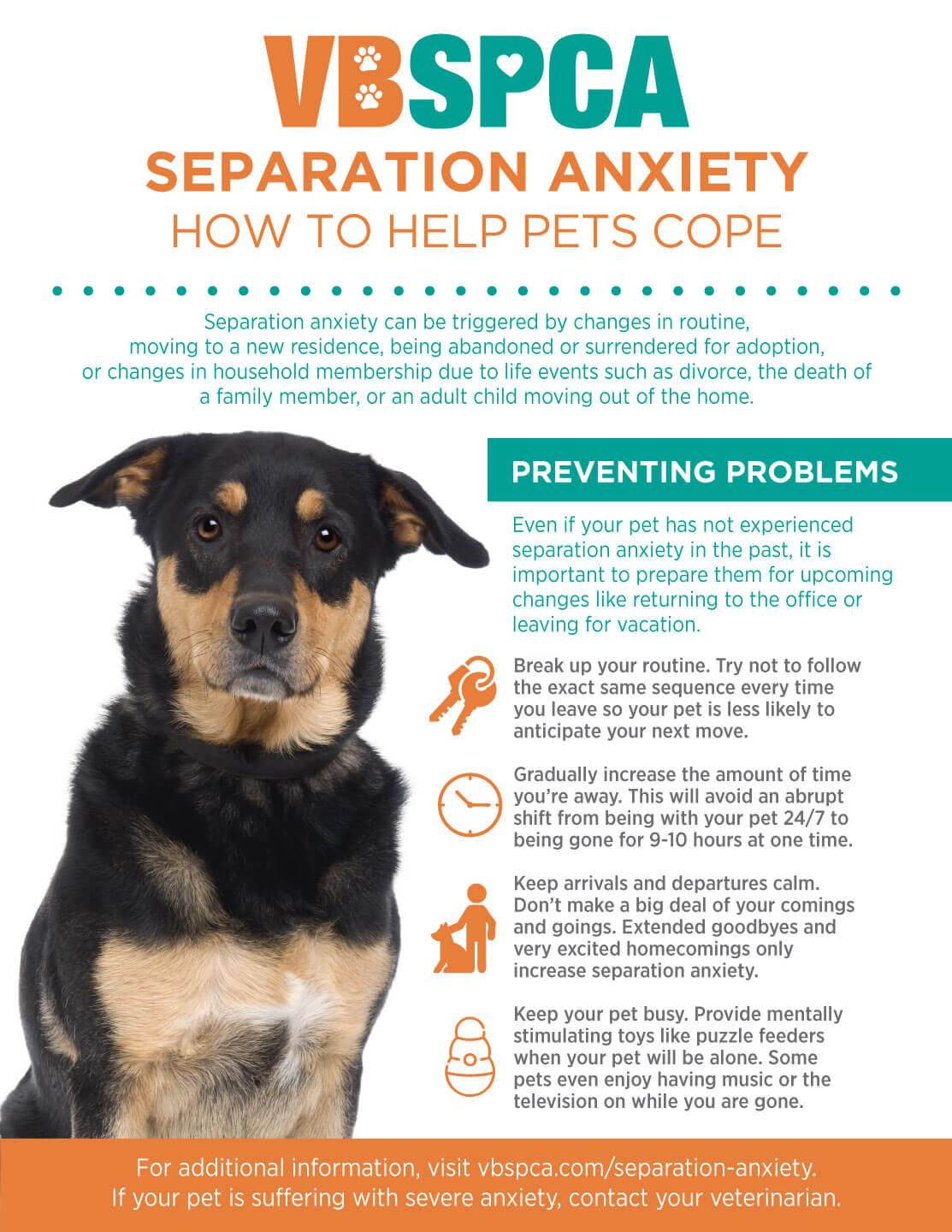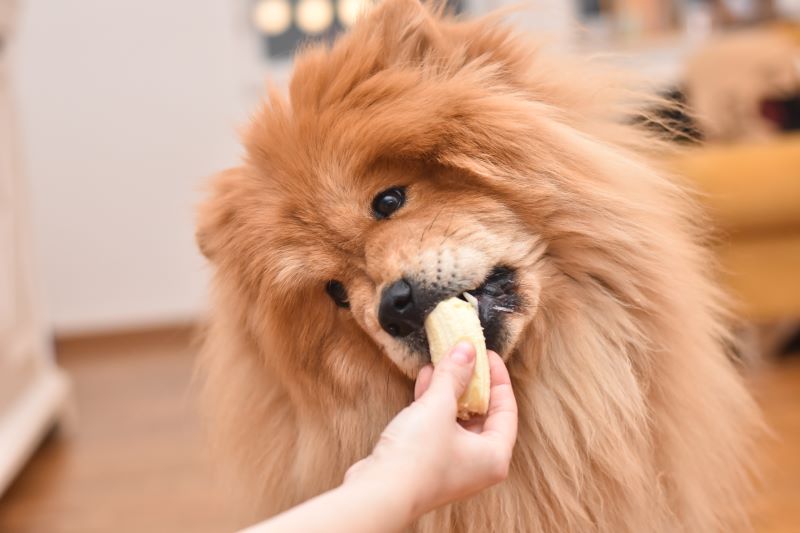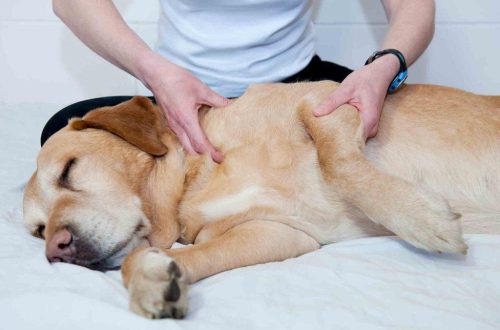
Calming Companion: Easing Your Pet’s Separation Anxiety
In every wag of a tail and soft nuzzle, pets weave themselves into the very fabric of our lives. Their unconditional love and companionship provide us with comfort and joy, but what happens when the roles are reversed? For many pets, the mere act of leaving the house can invoke feelings of distress and dread, manifesting as separation anxiety. This silent struggle can led to destructive behaviors and emotional turmoil, impacting both pets and their devoted owners. In this article, we will explore the nuances of separation anxiety in pets, offering insights, strategies, and supportive tools designed to create a calming companion experience. Together, we can foster a sense of security for our furry friends, ensuring that the bond between pet and owner remains unshaken, even when apart.
Table of Contents
- Understanding the roots of Separation Anxiety in Pets
- Creating a Soothing Environment for a Stress-Free Transition
- Effective Training Techniques to Reduce Anxiety
- Choosing Therapeutic Aids and Supportive accessories
- Insights and Conclusions

Understanding the Roots of Separation Anxiety in Pets
Separation anxiety in pets often stems from a variety of underlying factors, creating a complex web that can be challenging for both pets and their owners to navigate. Genetics can play a important role, with certain breeds predisposed to anxiety. Moreover, early life experiences such as a traumatic event, neglect, or abrupt weaning can shape a pet’s emotional landscape. Changes in the household environment, including moving to a new home, the arrival of a new family member, or alterations in routine, can further exacerbate feelings of unease. These shifts can leave pets feeling vulnerable and uncertain,leading to increased anxiety when left alone.
Understanding the signs of separation anxiety is crucial for pet owners to help their furry companions cope effectively. Symptoms may manifest as excessive barking, destructive behavior, or even inappropriate elimination. By recognizing these indicators, owners can implement strategies to foster a sense of security. Some effective approaches include:
- Creating a safe space with familiar scents
- employing gradual desensitization techniques
- Utilizing enriching toys or puzzles to keep them occupied
- Establishing a consistent routine to instill predictability

Creating a Soothing Environment for a Stress-Free Transition
To help your pet feel at ease during a challenging transition,it’s essential to cultivate a calming atmosphere in their surroundings. Here are a few elements that can significantly enhance their comfort:
- Safe Space: Create a designated area filled with their favorite blankets and toys to offer a sense of security.
- Comforting Scents: Incorporate calming fragrances through essential oils or sprays (ensure they’re pet-safe) to soothe their nerves.
- Gentle Sounds: Play soft music or nature sounds. These can mask sudden noises that might trigger anxiety.
- Consistent routine: Maintaining a predictable schedule for feeding,walks,and playtime can anchor your pet amidst changes.
Moreover,visual elements within their environment can play a significant role in easing anxiety. Consider the following adjustments to enhance their space:
| Visual Element | Description |
|---|---|
| Natural Light | Maximize sunlight exposure to create a warm,inviting space. |
| Plants | Add pet-friendly plants to bring nature indoors, promoting a serene atmosphere. |
| Familiar Items | Incorporate their favorite items from the previous home to create a sense of familiarity. |

Effective Training Techniques to Reduce Anxiety
To help your pet feel more secure during times of separation, consider implementing gradual desensitization techniques. Start by practicing short departures that gradually increase in duration. This method allows your pet to adjust to the idea of being alone without experiencing overwhelming anxiety. Use the following techniques to create positive associations with your departures:
- Leave them with interactive toys that dispense treats or engage their attention.
- Play soothing music or use white noise to create a calming environment.
- establish a departure routine that signals you’re leaving, such as a specific phrase or gesture, making it predictable.
In addition, consider introducing crate training as a comforting space for your pet.When done correctly, a crate can become a safe haven rather than a source of stress. Ensure the crate is cozy and invite your pet to explore it freely without forcing them inside. Use food rewards and positive reinforcement during crate training to build a positive connection. Here’s a simple comparison table outlining effective strategies:
| Technique | Purpose |
|---|---|
| Gradual Desensitization | Helps pets adjust to alone time incrementally. |
| Interactive Toys | Keeps pets engaged and distracted. |
| Crate Training | Creates a safe space for comfort during separations. |

Choosing Therapeutic Aids and Supportive Accessories
When your furry friend struggles with separation anxiety, the right tools can make all the difference in promoting a sense of calm and security. Consider incorporating calming aids which can soothe your pet during those times apart. Among these options are:
- Calming collars – Infused with soothing pheromones that mimic the natural scents your pet is used to.
- Weighted blankets - These provide a gentle pressure that can help create a feeling of safety and comfort.
- Rescue remedy drops – A blend of natural ingredients designed to reduce stress and anxiety.
Additionally, supportive accessories can enhance your pet’s environment, making it feel secure. A few worthy mentions include:
- Cozy bedding – A designated space with familiar scents can be comforting when they’re feeling anxious.
- Interactive toys – Providing mental stimulation can distract from feelings of stress and help occupy their time.
- Routine items – Keeping your pet’s daily schedule as consistent as possible helps reduce anxiety by creating a predictable environment.
Insights and Conclusions
In the tapestry of pet ownership, few threads are as delicate as the bond between you and your furry friend. As we navigate the complexities of separation anxiety, it’s essential to approach the challenge with compassion and understanding. Remember, each pet is unique, and finding the right techniques may take time and patience. From engaging toys to tailored training methods,the journey to ease their fears can also strengthen the trust and connection you share.
as you implement these strategies,take heart in knowing that every small step toward easing their anxiety is a testament to your dedication and love. ensuring your companion feels secure and cherished makes both your lives a little brighter. So, as you prepare to part ways for the day, rest assured that with a little effort and a lot of heart, you can help your pet embrace the world beyond your doorstep with confidence.





